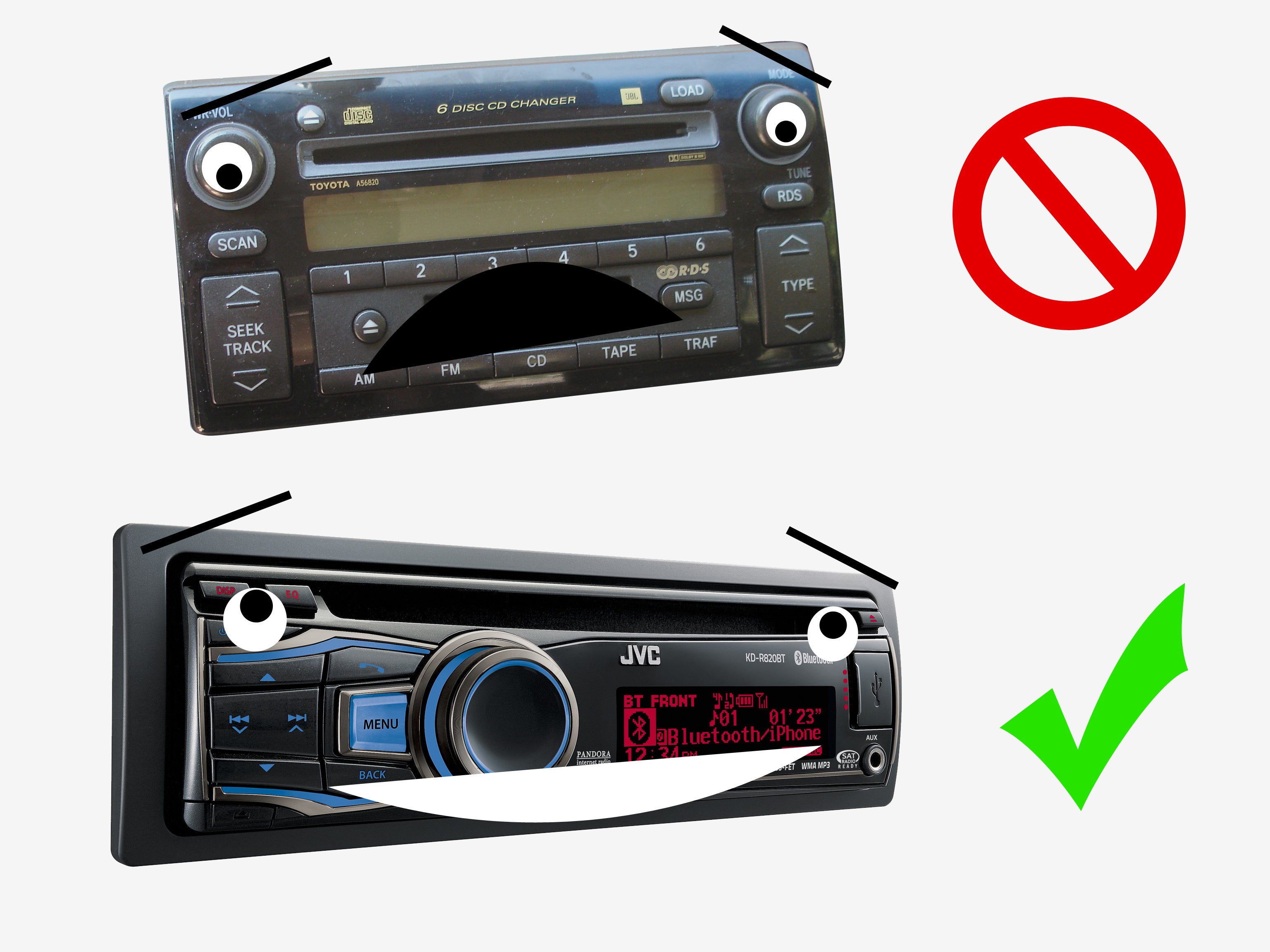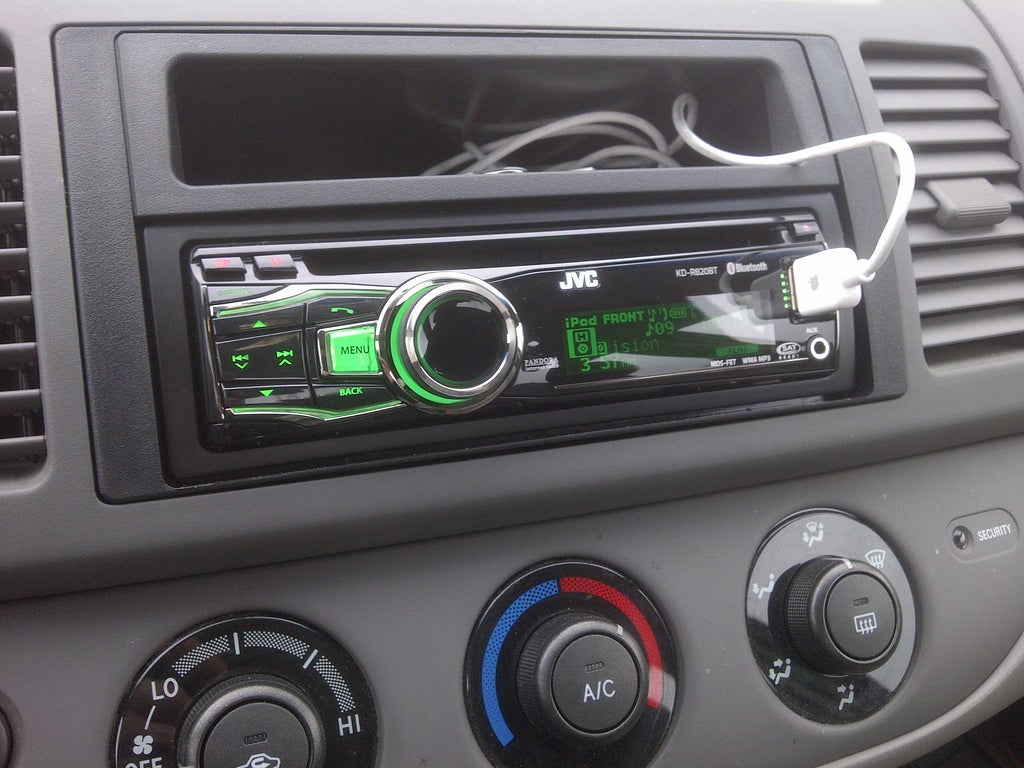 "Greenmobile Supremo Commando, BRZ Extrordinare" (jbezugs)
"Greenmobile Supremo Commando, BRZ Extrordinare" (jbezugs)
02/10/2014 at 15:52 • Filed to: Car audio adventure, stereolopnik
 1
1
 3
3
 "Greenmobile Supremo Commando, BRZ Extrordinare" (jbezugs)
"Greenmobile Supremo Commando, BRZ Extrordinare" (jbezugs)
02/10/2014 at 15:52 • Filed to: Car audio adventure, stereolopnik |  1 1
|  3 3 |

Authors note: This is part two of a series that will chronicle my journey into Car Audio, with no knowledge what so ever. I hope you all enjoy it, and hopefully I can help others who would like a better sound experience in their car. Because that's what it's all about, right? If you missed the first part, you can read it !!!error: Indecipherable SUB-paragraph formatting!!! .
!!! UNKNOWN CONTENT TYPE !!!
Most of you probably know the old saying "The best way to teach someone to swim is to throw them into the deep end." Well, that saying accurately describes my venture into car audio, and, perhaps surprisingly, is not a very good idea. At all.
It's not just me, however. For most, if not all people wanting to upgrade their car audio system, if you come in with no experience, be prepared to drown. Yes, it sounds cynical, but if you look left and right, there's thousands of brands to choose from, along with speakers, subwoofers, amplifers, sound deadening, head units, equalizer, blah blah blah... It's all very daunting for the first timer, which is what I was as well.
So, this part will kick off sharing my experience of going into car audio blind, starting with upgrade number uno, the Head Unit.
When I got my car, it had the wheesy, stock Toyota FM/AM/CD/Cassette radio (Nonna really loves her Claudio Villa on cassette, I still have 30 of them in the car.) Now for most, it should do the job fine. However, stock headunits often deliver poor sound. Most offer basic EQ settings (Bass, Treble) but the frequency response curves from most stock head units is not flat. To compensate for the cheap speakers, most over excentuate the bass (80-100hz area) and have a scoop around the 1Khz area. This causes muddy bass, and dull vocals. (If you're saying, "Hey man, I can't upgrade my factory unit!" which with most newer cars is the case, don't worry, I'll be explaining things you can do to get better sound, like DSP's, in the near future.)
Even with stock speakers, even your most basic aftermarket headunit will offer a flat frequency response curve, with a broader range of EQ settings [anywhere from 3 (bass, mid, treble) to 31+ equalisation bands!] which makes it much easier to tune the system to sound exactly to your liking. For most people, this means a drastic improvement in sound. Also, I can't forget to mention that a head unit upgrade can add extra feautres to your car, such as iPod/USB connectivity, Bluetooth, and Navigation, among other things. When I'm asked by people where to start on upgrading, the head unit is the first thing I point too.
So, with that in mind, a head unit was my first upgrade. When upgrading your head unit, ask yourself a few questions:
- What can fit into my dash? A Single DIN? A Double DIN? (A single DIN space accommodates most CD headunits and DVD/Nav units with a motorised, flip up screen, where as Double DIN can fit the above, plus full DVD and Nav units with a standard screen.)
- What features will I want/need? Full dot LCD screen? Bluetooth? iPod connectivity? Navigation? A built in Timmies coffee maker? (I wish the last one was real....)
- Am I planning to upgrade my audio system in the future? [This is important, if you plan to upgrade more, make sure the head unit has 5/6 channel pre-outs (front, rear, sub, or high, mid, bass if running active) that are preferably 4 volts or above, and a 24-bit DAC, at the very least.]
- How much am I willing to spend?
Now that you've hopefully answered your questions, you can start narrowing down options. (For peace of mind, try to avoid the discount special generic head unit. Stick to known, reliable brands, such as Alpine, Pioneer, Kenwood, Clarion or JVC) For me, I needed a head unit with Bluetooth, iPod connectivity, and full dot LCD which would make it easier to navigate through the 2800+ songs on my iPod. I was not planning to further upgrade my audio system at that moment, but just incase I wanted to in the future I make sure the head unit had 6 channel pre-outs and a 24 bit DAC. I had budget of ~$200. Also, remember that you will most likely need a vehicle-specific dash kit and harness adapter to hook up the new stereo to your car. All of this criteria brought me to the JVC KD-R820BT. It ticked all the boxes, and I got it for a steal as well ($149 on clearance).
So now, you should have your head unit, along with everything you need to install it. Installing is usually a fairly simple process. The best thing to do to figure out how to install a head unit into your particular car is to look up instructions online. For most cars, people have posted instructions online with pictures explaining how to disassemble your dash and take out the old stereo, and how to put in the new one.
For my Camry, it was very easy. Pull out the HVAC controls, pop out the main vent trim panel with the clock and temp display (all one piece) and voila! The old stereo is ripe for the taking, and the new harness adapter can be wired up to the head unit's supplied harness, the new dash kit can be put in, and the head unit then can be put in and hooked up. Put the dash back together and you're done.

I was a happy man after this upgrade, and for most, you shall be happy for the rest of your time with your vehicle! But, for me, after several months, I was itching for more...
In part 3, I will explain how to choose what is probably the hardest component to shop for in your sound system, which are speakers and subwoofers, based on size, desired sound, power handling, and budget.
Happy listening!
 POD
> Greenmobile Supremo Commando, BRZ Extrordinare
POD
> Greenmobile Supremo Commando, BRZ Extrordinare
02/10/2014 at 16:05 |
|
Bonus points for the Timmies reference.
I have installed many many car stereos over the last 14 years. I was huge into it until I got my first home. Then I got into building home speakers. Unfortunately, that has ruined me for car audio. I still replace the decks in my cars to get the features I want. I no longer do amps, subs or replace the in door speakers (unless they are blown).
I enjoyed the article, sounds like you are learning a lot. Only thing I would say is that not all off brands need to be avoided. Some have the same internals as the name brands. It's like Sans Nom alphabet soup, tastes the same and it has the same stuff inside the tin, just doesn't have the fancy packaging.
 Greenmobile Supremo Commando, BRZ Extrordinare
> POD
Greenmobile Supremo Commando, BRZ Extrordinare
> POD
02/10/2014 at 16:11 |
|
I had to throw it in there, you know what I'm talking aboot...
And I feel you with car audio being ruined once you get into home audio. A car isn't exactly the best space for listening to music (a giant, rattly metal box) but because I do a lot of listening to music in my car and am a critical listener, I tried (and still am trying, completley re doing my car sound system again woooo) to make my car as good for music as possible within my budget and without going overboard.
Not all off brands need to be avoided, but the few people I know who have bought off brand stuff have had bad experiences (I'm looking at you, Boss Audio.)
 POD
> Greenmobile Supremo Commando, BRZ Extrordinare
POD
> Greenmobile Supremo Commando, BRZ Extrordinare
02/10/2014 at 16:35 |
|
Boss Audio is on my avoid list as well.
If I had the money I'd do both home and car audio. Both are very rewarding and there is something about wiring that I always found fun.
Looking forward to the rest of your articles.